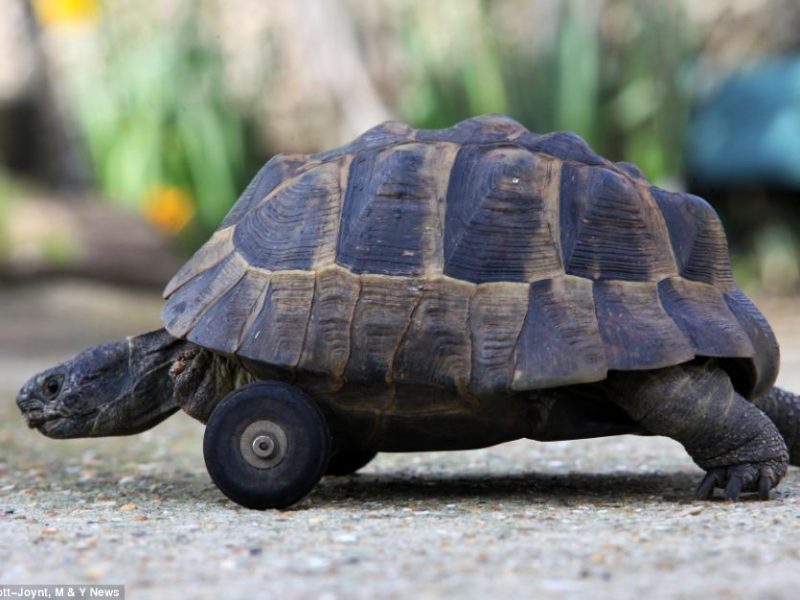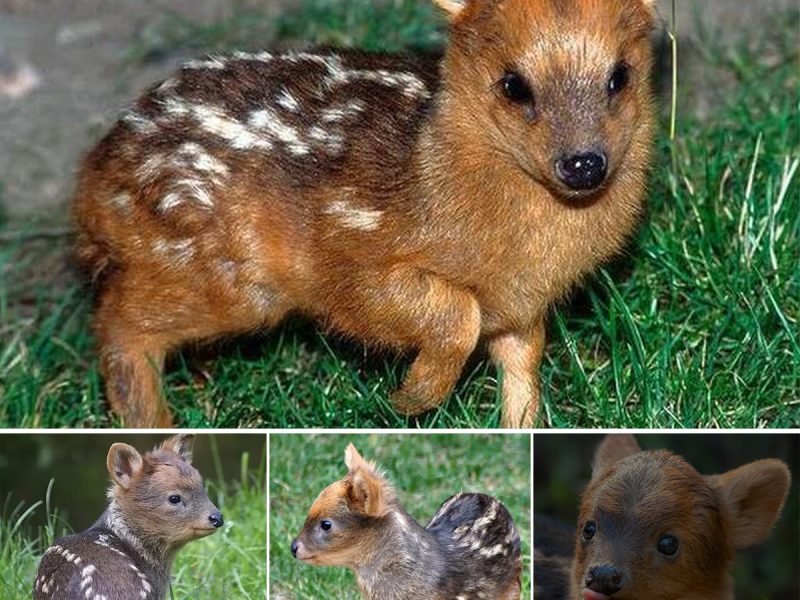A delightful yellow and black striped little bird with a highly unique facial pattern.
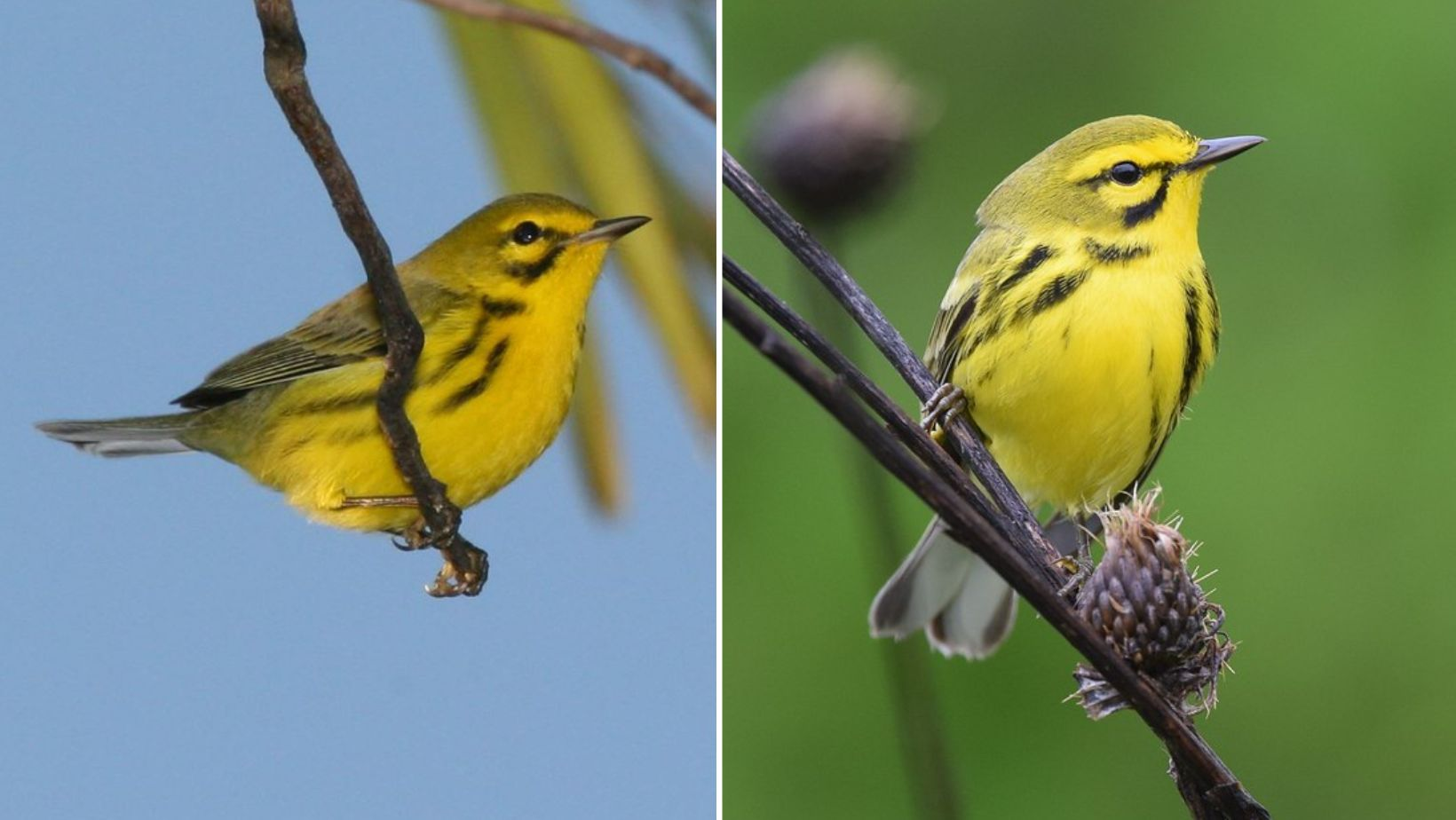
MEET THE PRAIRIE WARBLER
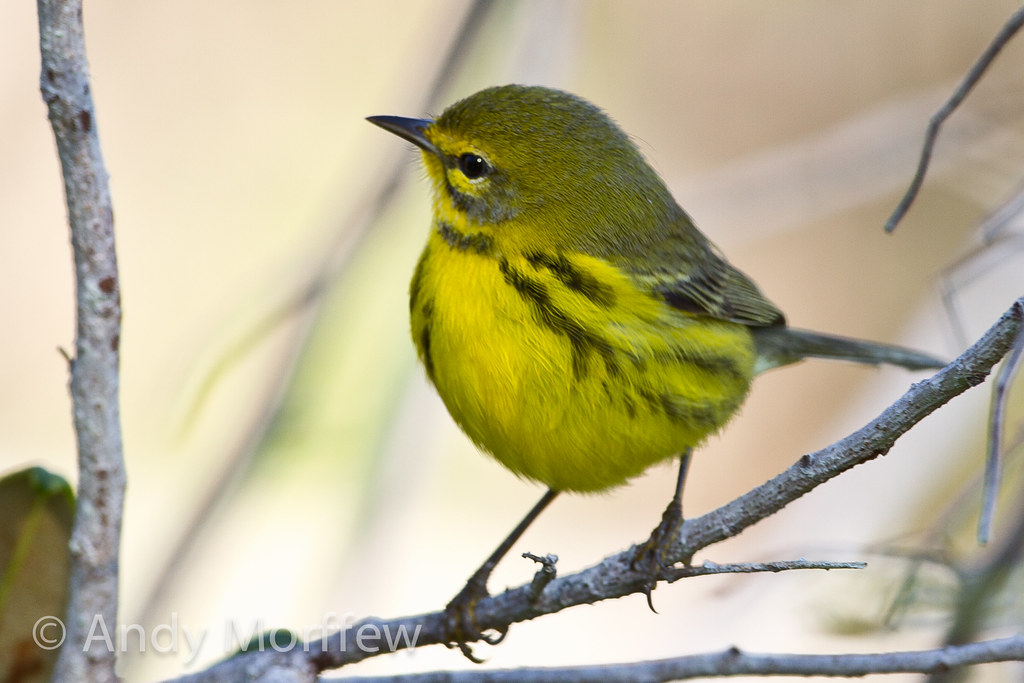
The prairie warbler (Setophaga discolor) is a bird that has yellow underparts with dark streaks on the flanks, and olive upperparts with rusty streaks on the back; they have a yellow line above the eye, a dark line through it, and a yellow spot below it.
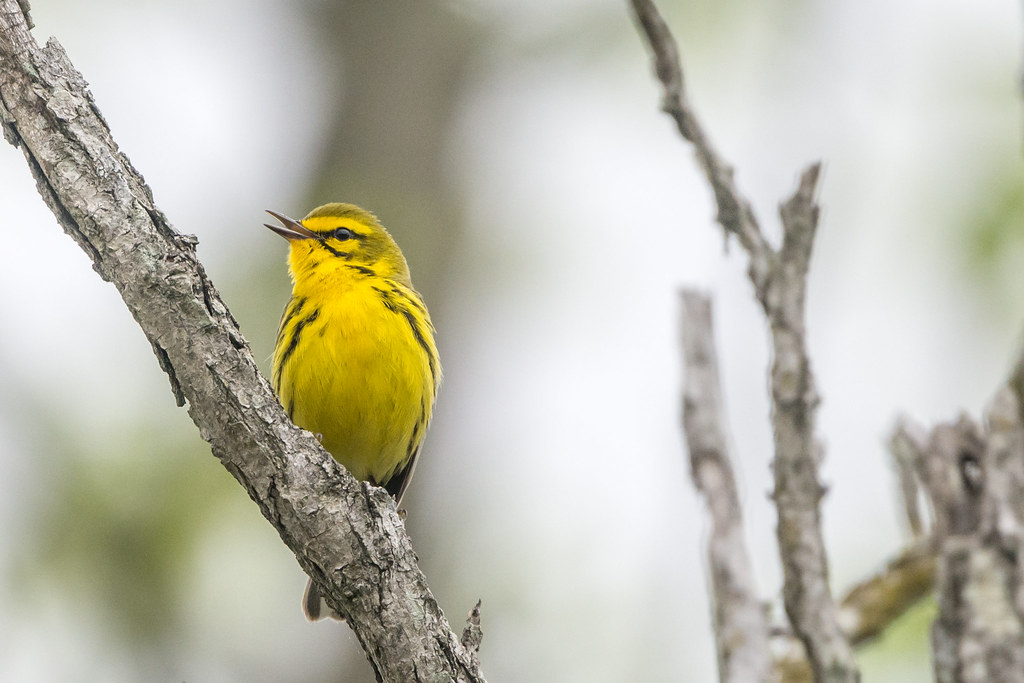
These birds have black legs, long tails, pale wing bars, and thin pointed bills.
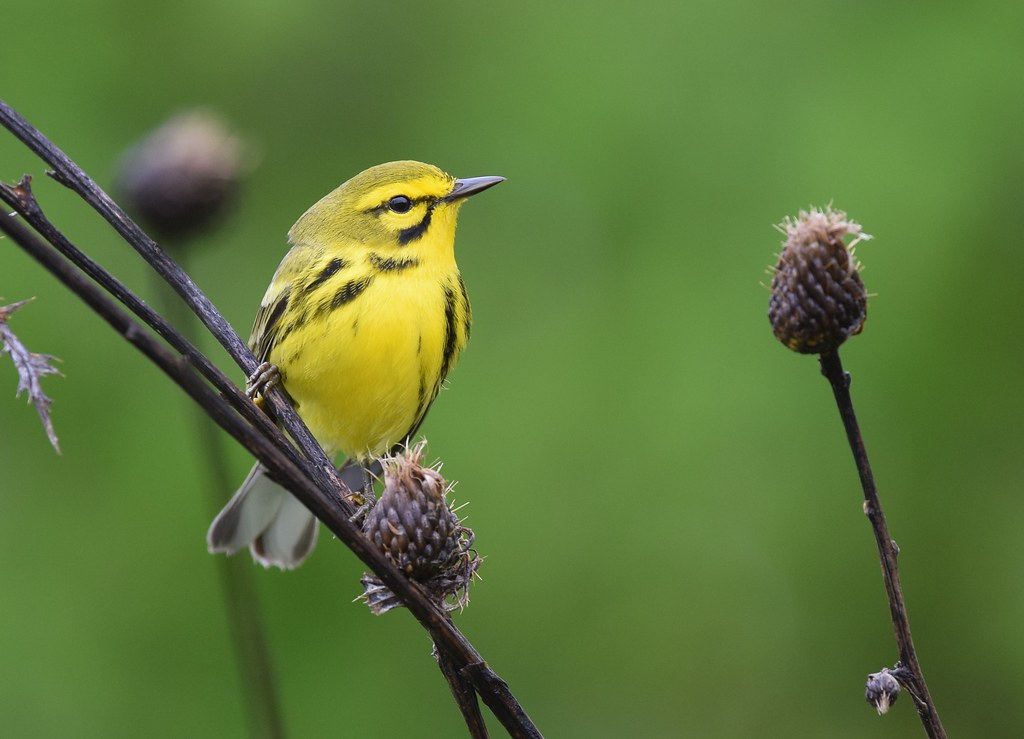
For females and immature birds, the coloring is duller.
The Prairie warbler can be found in the East and Southeastern United States of America.
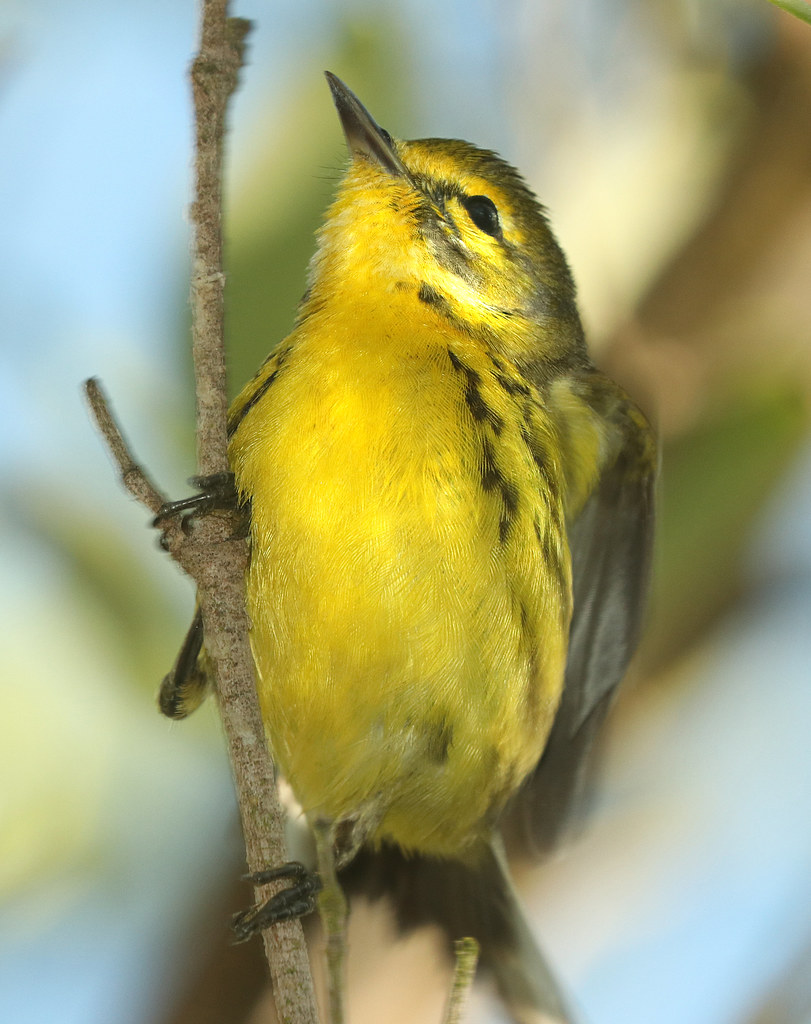
These birds like to be around dry old clearings, edges of forests, and sandy pine barrens with undergrowth of scrub oaks, especially on slopes and ridges. They also like thick secondary growth of hickory, dogwood, or laurel with blackberry vines.
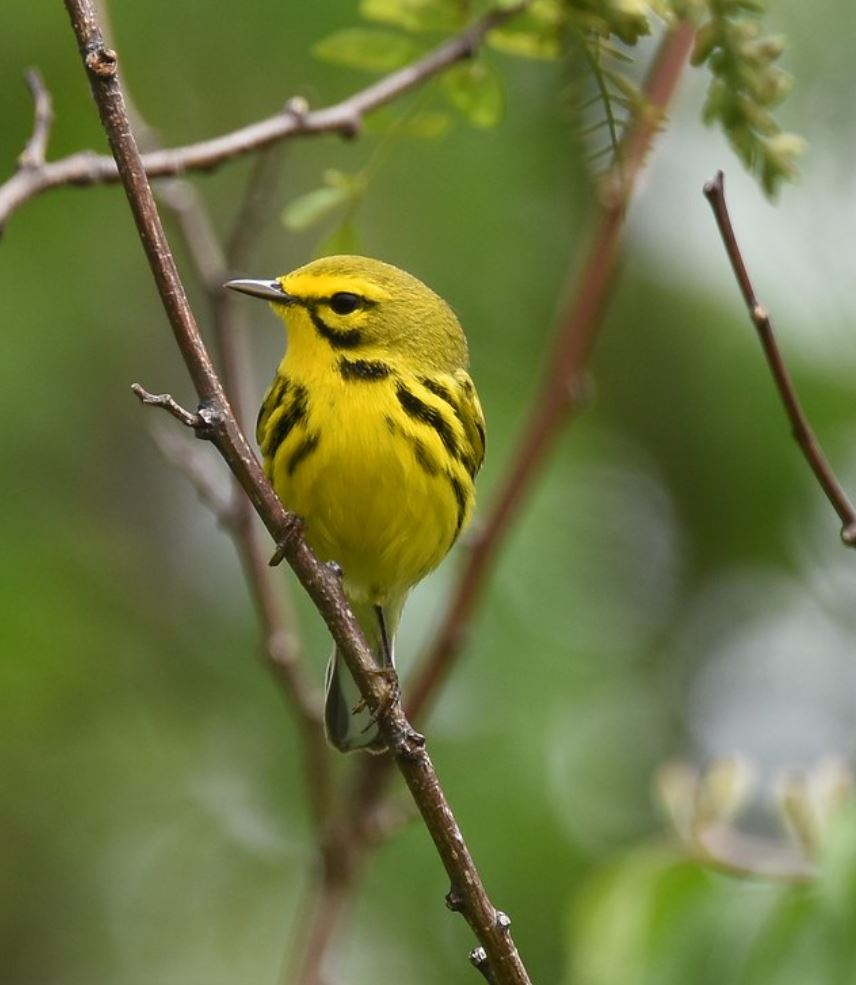
Prairie warblers dine mainly on insects such as caterpillars, moths, tree crickets,
lacewings, true bugs, beetles, aphids, leafhoppers, and grasshoppers. They have also been known to dine on spiders and millipedes as well as a few berries, and occasionally oozing sap.
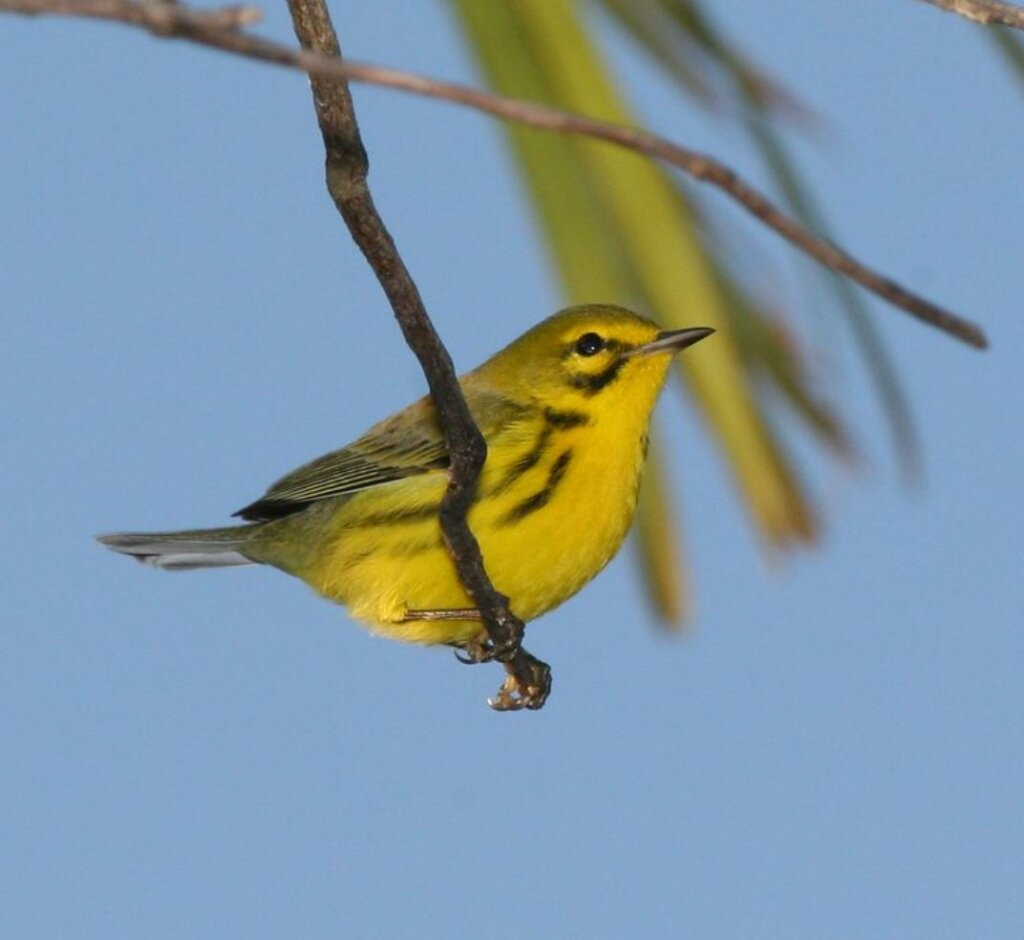
These birds often breed in loose colonies, with males returning year after year to the same breeding territory, but females often do not. A nest is built usually in a tree somewhere between 1-45 feet above the ground. In coastal Florida, nests are built in mangroves. The nest is an open cup shape built by the female, made of densely felted plant materials such as plant down and lined with animal hair. Four white eggs are laid within which are flecked with brown spots concentrated at the larger end. These are incubated by the female for usually 12 (11-14) days. However the young are fed by both parents; leave the nest at 8-11 days. Fledglings may be divided by parents, each adult caring for part of the brood for 40-50 days until the young are independent.
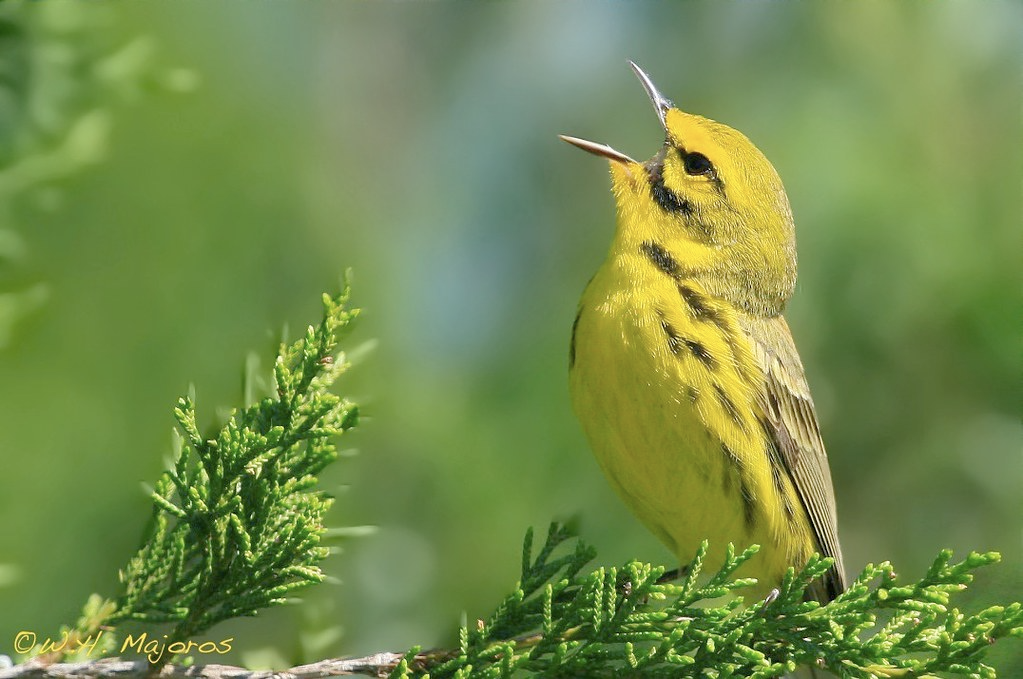
This species has an extremely large range and hence does not approach the thresholds for Vulnerable.
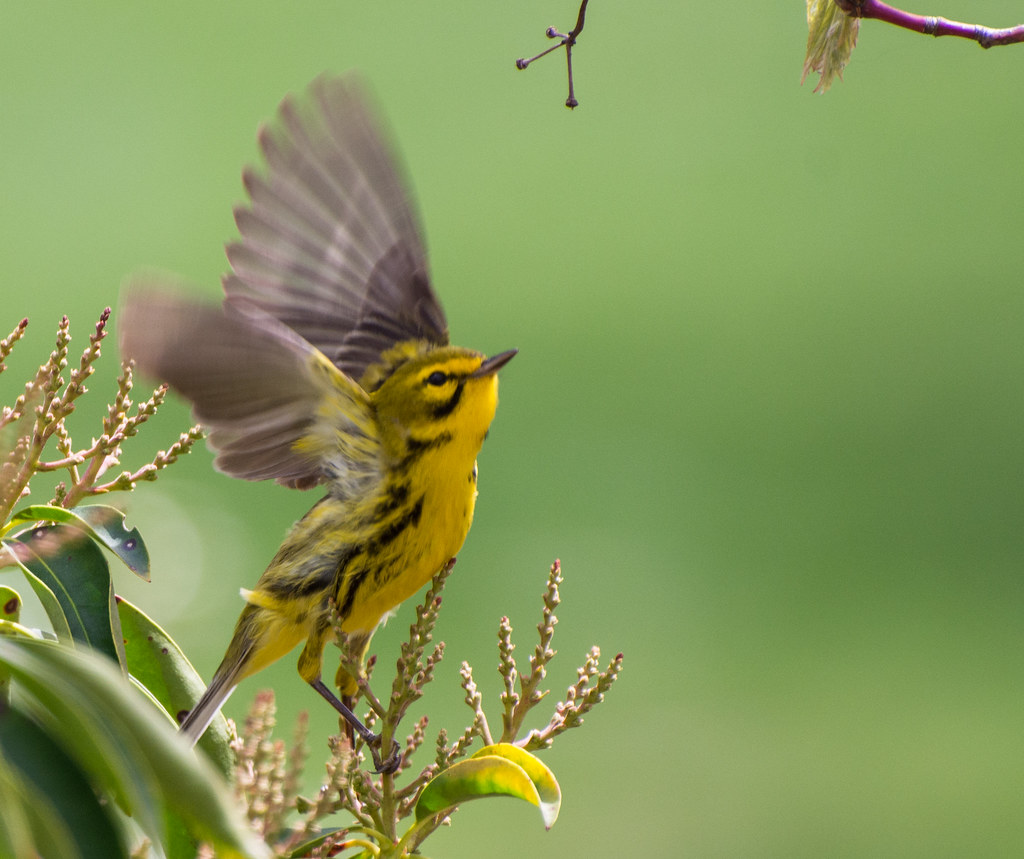
YOU CAN WATCH THIS BIRD RIGHT HERE IN THE VIDEO BELOW:
